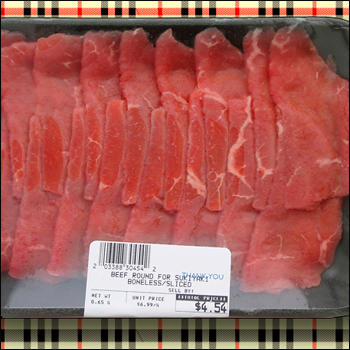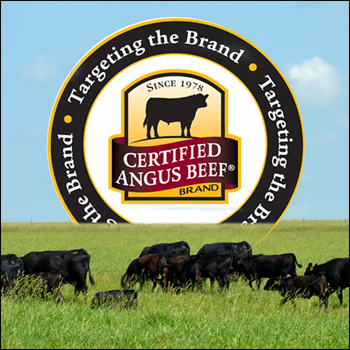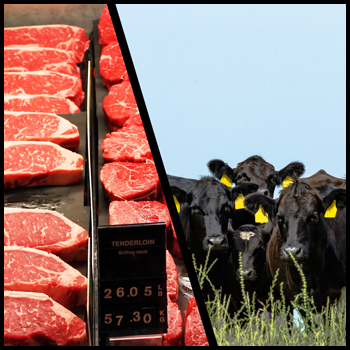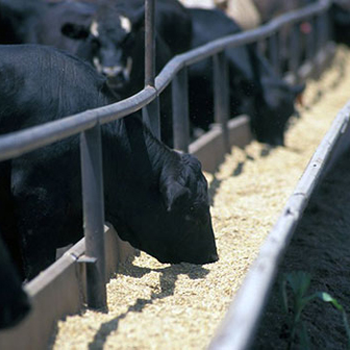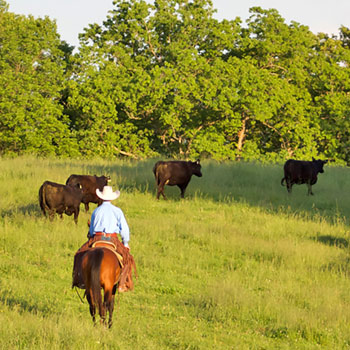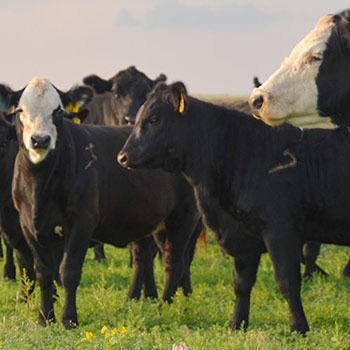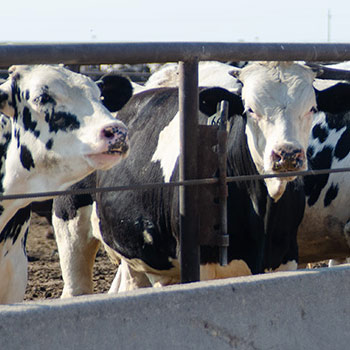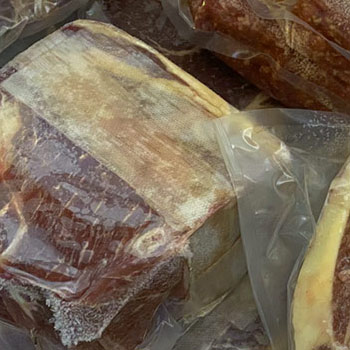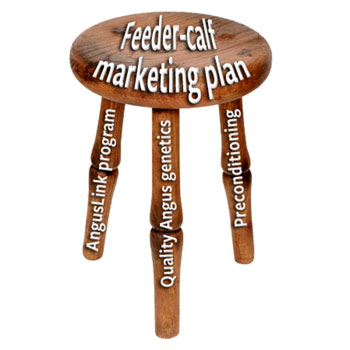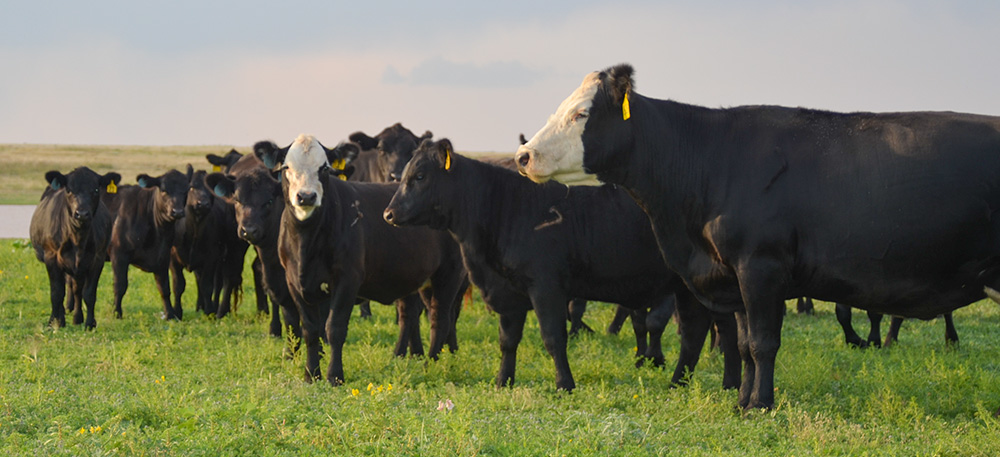
Rev Up Replacement Heifers
Ranchers challenged with seven tasks when developing heifers.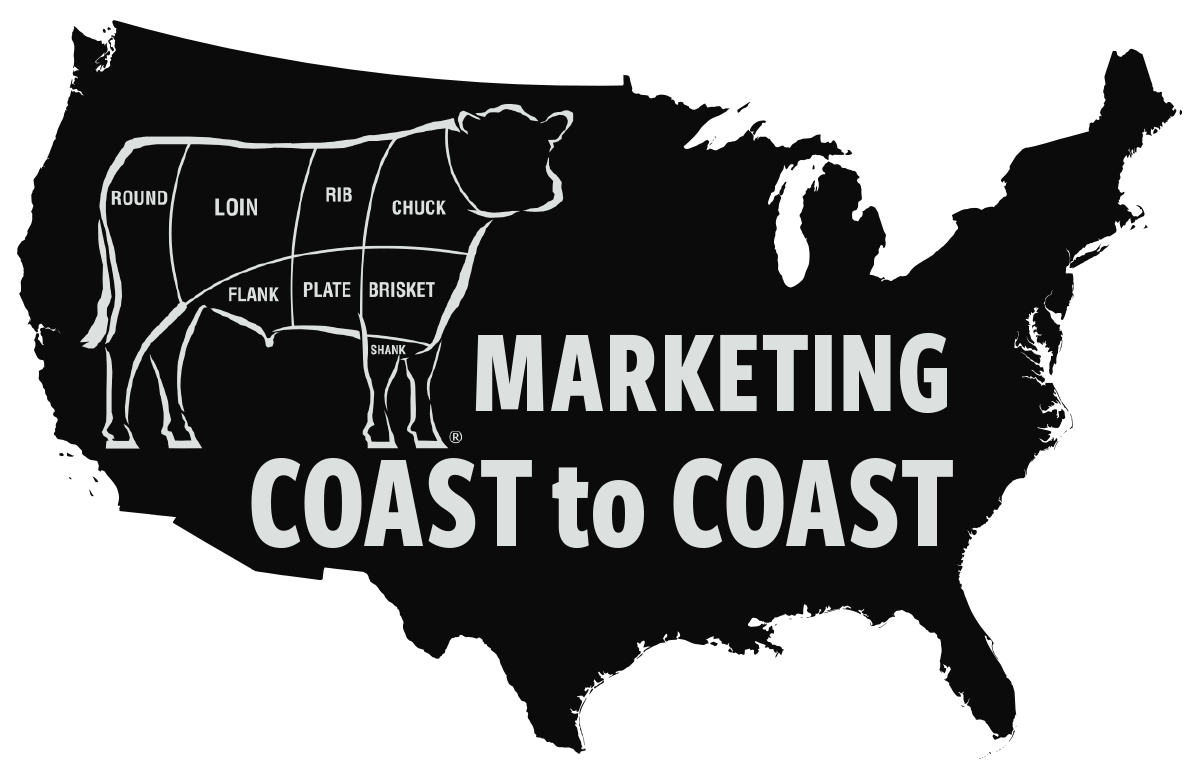
Thirty-two years of experience in large-scale heifer development, with 125,000 developed and bred, certainly provide some expertise in developing heifers. That’s exactly the knowledge Patsy Houghton, president and general manager of Heartland Cattle Co., McCook, Neb., offered in an Angus University webinar in May. She gave advice for developing heifers in fall 2020, spring 2021 and beyond.
She offered seven challenges to help commercial cattlemen improve their replacement heifers.
- 1. Place selection pressure on fertility. Don’t provide any free passes. Closely control nutrition. Houghton stands in the camp of developing heifers to 60% of their mature weight. It gives a little bit of cushion should bad weather hit after breeding, she reasons, and heifers won’t need to catch up. She also says to limit the breeding season to 45 days or fewer. Cull heifers that can’t conceive in that window. By only keeping early-breeding females, you will build an inherently fertile herd that will pay dividends in the long term.
- 2. Enhance your calf crop value. Choose superior genetics for fertility, maternal traits, growth and meat.
- 3. Improve retention of young cows. There is no greater financial drain on an operation than second-calf females that won’t breed back, she says. She suggests emphasizing nutrition, culling, timing of breeding (at least 21 days before the mature cow herd) and selecting for less calving difficulty when developing replacement heifers so they will have a better chance to rebreed and stay with the cow herd as second- and third-calvers.
- 4. Improve pounds of beef weaned per acre of grass. “Mature cows are the most efficient harvesters of grass and forage,” she says. So free up your forage resources for mature cows that provide you pounds of saleable product at weaning.
- 5. Control bull management and costs. Artificial insemination (AI) helps eliminate the need for on-site “heifer bulls,” she says. It reduces cash outlay, and lets you use high-accuracy sires. Fewer bulls on-site can also help simplify pasture management.
- 6. Improve your cow herd temperament. Effective stockmanship improves fertility, performance, immunity and meat quality. Houghton gave an example of being able to send heifers home with better temperaments than they exhibited at arrival simply due to quiet, effective stockmanship.
- 7. Data management and summary. You cannot manage what you cannot measure, she quoted. If you have someone who can take raw data and provide useable information, they are a treasure of a resource, she says. If you don’t have someone on your team with this skill, it might be worth it to hire someone to help crunch the numbers.
A bonus tip she offered is to place high value on economically important traits for a commercial operation: fertility; longevity; immune response; fleshing ability (feed efficiency); and a quiet disposition to reduce injuries and improve carcass quality and yield.
To learn more about heifer development, the American Angus Association offers the “Rev Up Your Replacements” video as part of its Angus University offering online at http://www.angus.org/Education/AngusEducation.aspx.
Editor's note: Photo by Shauna Hermel.

